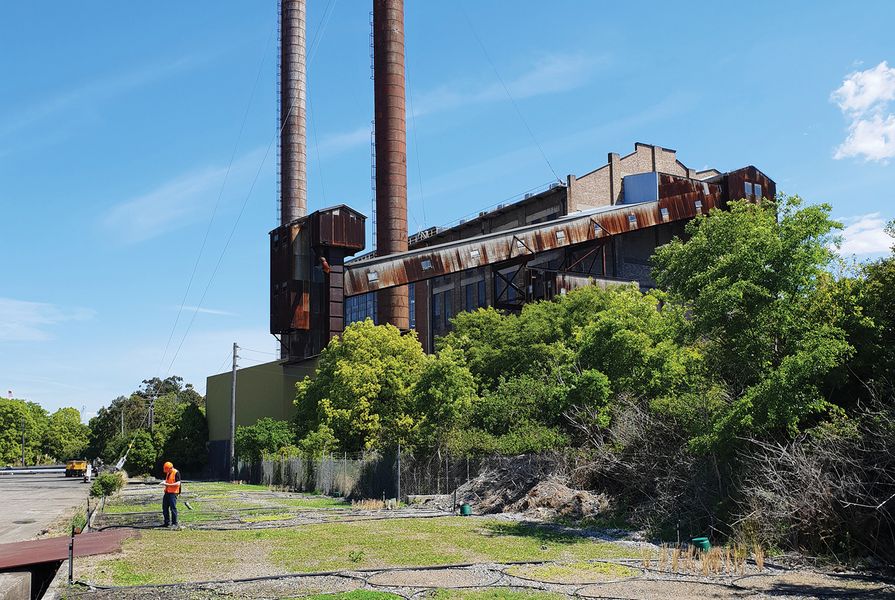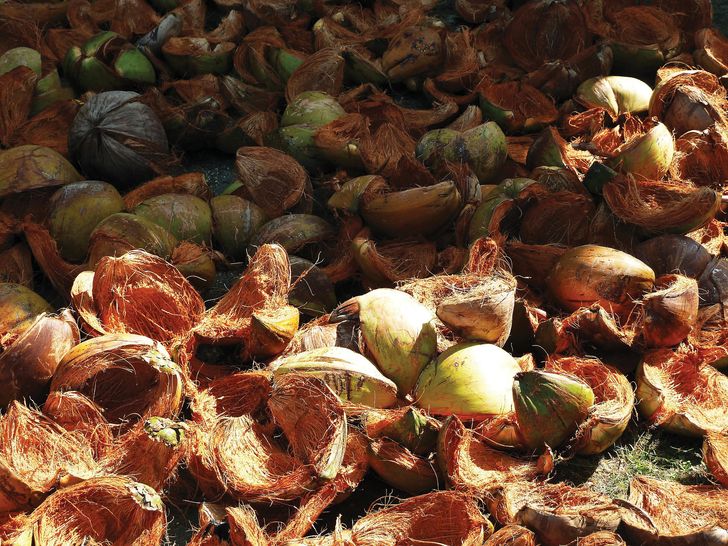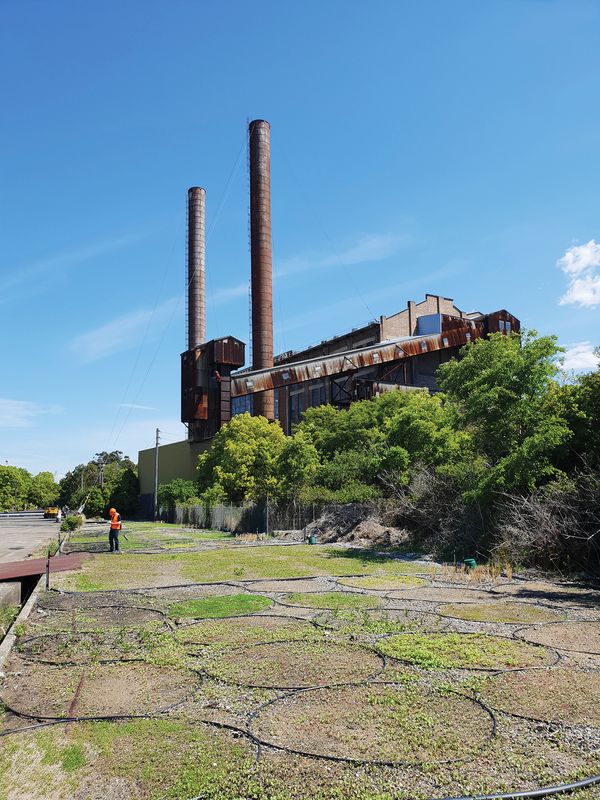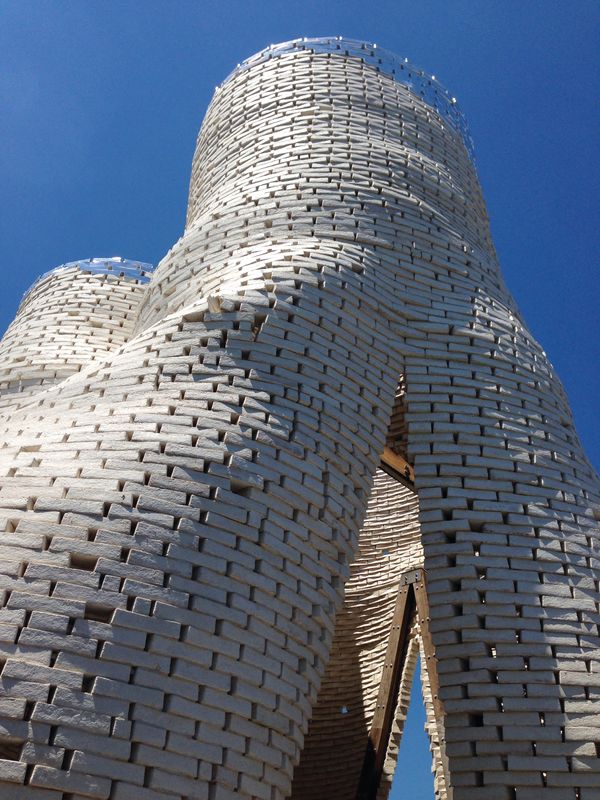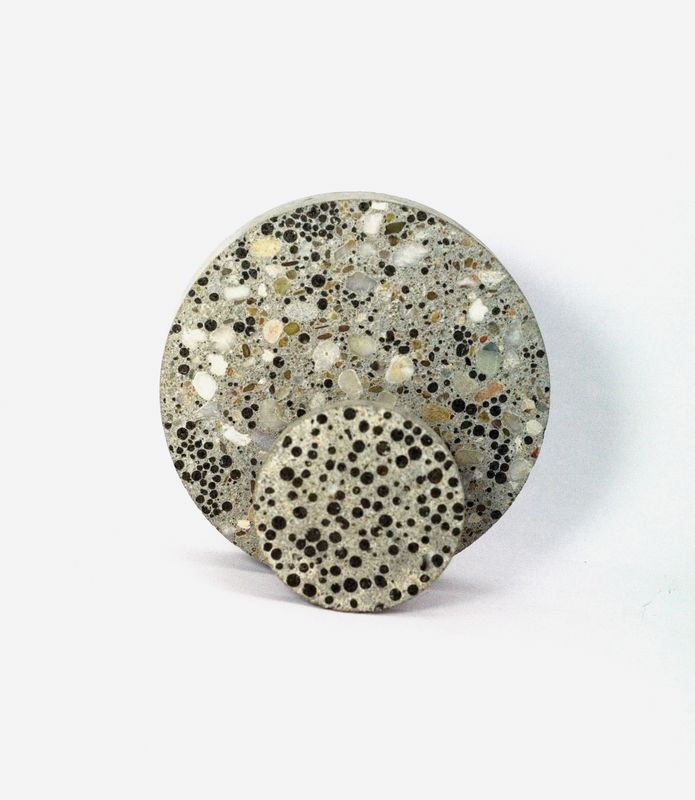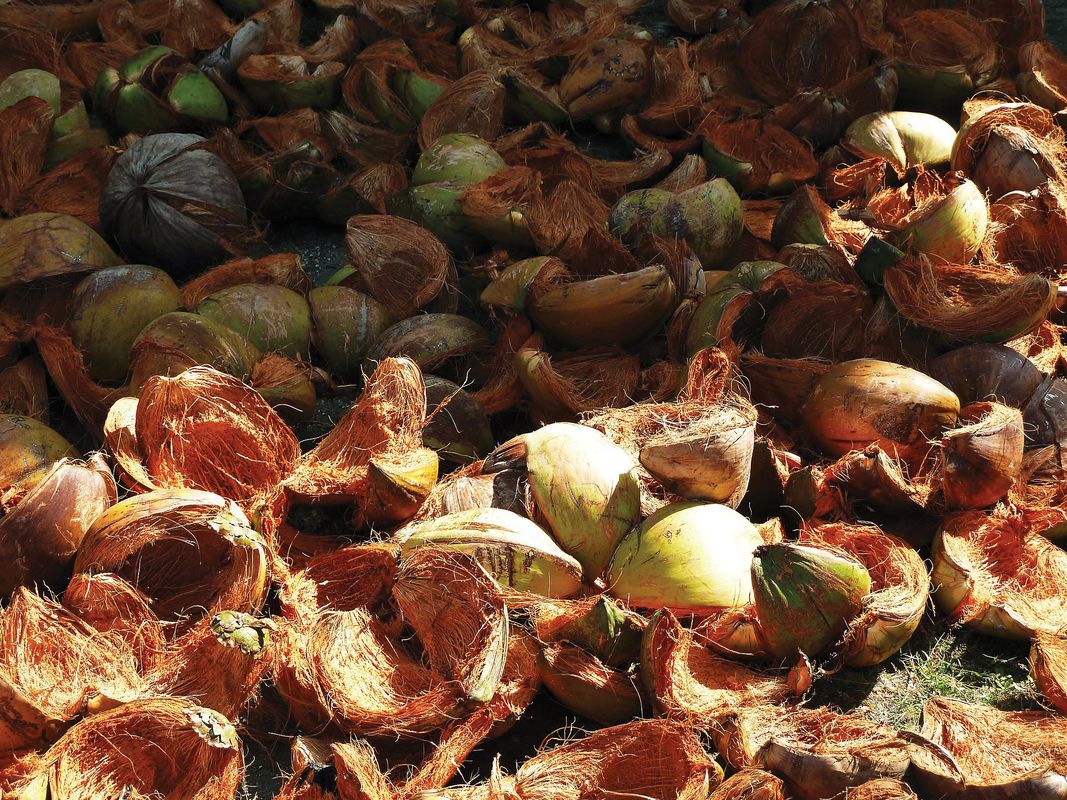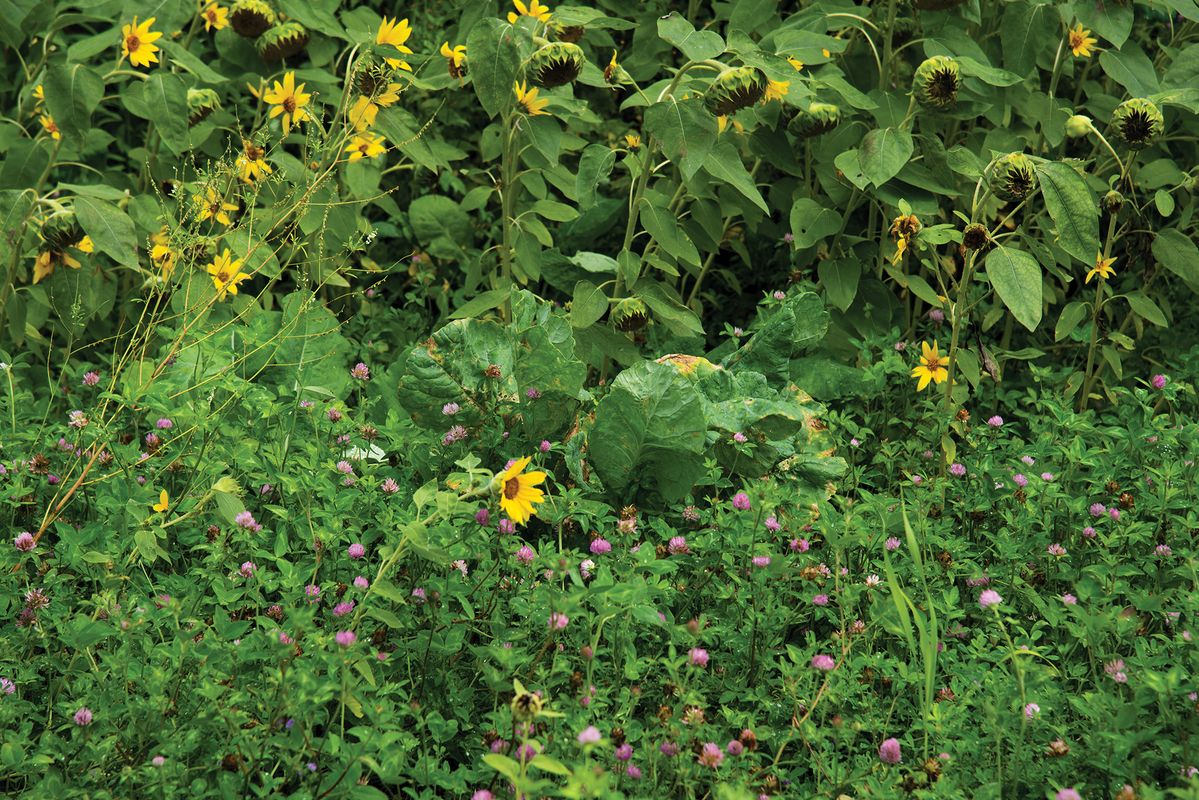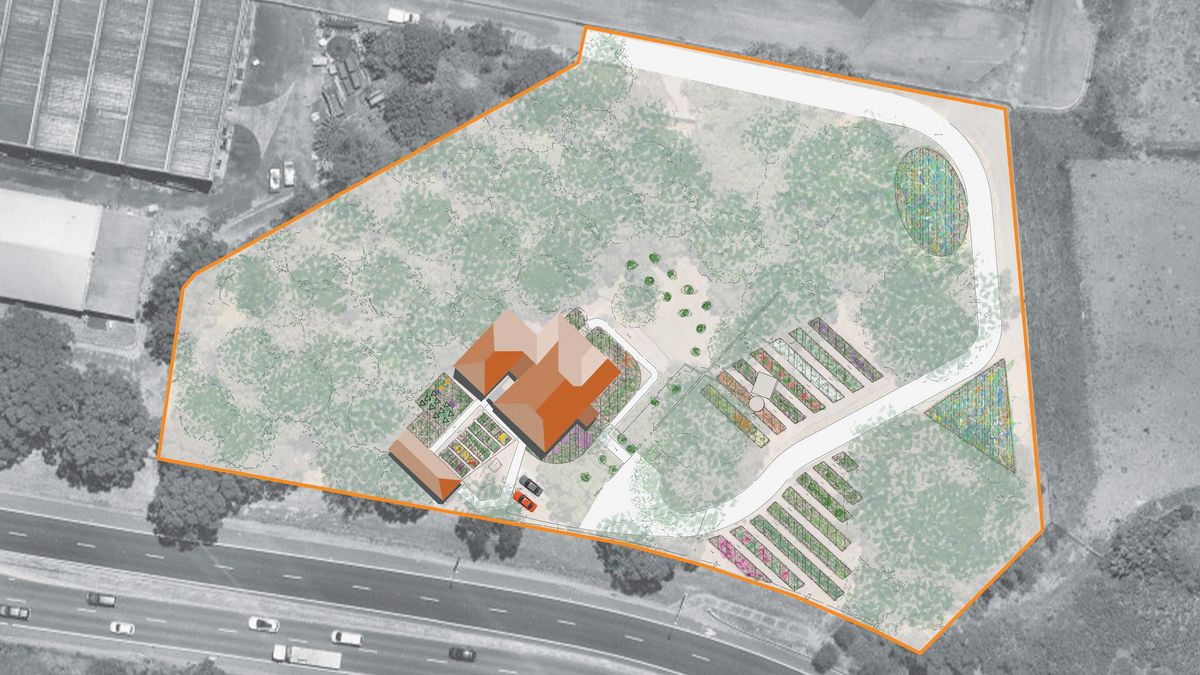The climate crisis has helped build a sense of urgency toward climate-resilient development, particularly around the challenges and consequences of increased global urbanization. Given that the building sector accounts for approximately 40 percent of annual global energy consumption,1 built environment professionals have been confronted with their role in driving resource extraction and perpetuating unsustainable construction practices. Human endeavours are also creating contaminated soils, which, according to American landscape architect Julie Bargmann of D.I.R.T. Studio, are “a byproduct of the human pursuit of greater material wealth and a more convenient and comfortable life.”2
Given that landscape architects are professionally equipped to understand site complexities and naturally tend to systems-based thinking, we are in a prime position to drive the innovation, use and development of new materials and design practices for genuinely circular economies (and ecologies). We also have a role to play in finding ways to redress the damage.
The development of renewable, bio-based construction materials offers a critical opportunity to support such a shift. Of course, biomaterials – earth constructions reinforced with plant fibres (as opposed to concrete and steel), bamboo and timber, to name a few – have been used in building endeavours for thousands of years. More recent design innovations pair modern technologies, such as 3D printers and CNC machines, with scientific knowledge to produce new bio-based construction materials. Examples include self-healing concrete, which can be applied in either sprays to fix small cracks or bacteria-filled capsules to “grow” new surfaces; mycelium composite bricks; and CNC-printed earth forms in which embedded seed banks grow, adding structural support over time.
Hy-Fi by The Living was a temporary tower structure at New York’s MoMA PS1 gallery made out of mycelium and corn stalks.
Image: Jessica Sheridan, Flickr, CC BY-SA 4.0
While these novel materials are inspiring, wider uptake is inhibited by typical barriers: cost, availability, lack of technical data and skills, conservative construction practices and risk-averse requirements around durability, safety and warrantability.
But for some design researchers, the development of biomaterials presents opportunities to develop practices that consider the environmental and social impacts of the materials we use. One such figure is Mae-ling Lokko, an architectural scientist, designer and educator from Ghana and the Philippines who has spent the past decade working with agricultural waste. She says3 it’s one of the world’s most underutilized resources: globally, 9.4 billion tonnes of primary crops are produced each year,4 while it is estimated that around 40 percent of all food produced goes to waste.5 She combines materials research within a generative justice6 model of practice to find ways that the waste can be used.
Lokko’s bottom-up approach counters centralized industrial models of production that rely on resource extraction, where value is often unequally distributed. Instead, Lokko looks to expand the terrain in which designers work, finding space for experimentation and prototyping, with an emphasis on building capacity in local communities.
One way Lokko finds these spaces is by tracking material life cycles, shedding light on the huge levels of waste in the building, agricultural and food industries. Her work with small-scale coconut traders in Ghana in partnership with biotech startups to upcycle coconut husks is a prime example. Waste products of the coconut oil and water industries, coconut husks are often illegally burnt or left in piles by the road, creating both land and air pollution problems. And while coconut waste has been downcycled – into fibre rolls for erosion control and peat blocks for soil conditioning – recent research has demonstrated the husks’ potential for development as material alternatives to wood products. Lokko has generated intersectoral collaborations to develop materials that bring the waste material back into the manufacturing stream. By including coconut traders in the value chain, the enterprise has improved social security, created more sustainable coconut farming practices and enabled new, distributed business practices.
Self-healing concrete made by Henk Jonkers (Delft University of Technology) is embedded with a dormant bacteria that can repair cracks.
Image: Institute of Making Materials Library
Recent research has demonstrated coconut husks’ potential for development as an alternative to wood products.
Image: Lfvalle1, Wikimedia Commons, CC BY-SA 3.0
Of course, this may sound beyond the reach of the typical design professional. But the key is to develop a willingness toward experimentation, co-design and intersectoral collaboration. Here in Australia, new research and development enterprises provide a hint of where the design fields may be headed. For landscape architects working in urban ecology, water-sensitive urban design and environmental rehabilitation, harnessing biomaterials’ intrinsic capacities to process waste doesn’t need to be high-tech or complex; consulting across fields can be sufficient to co-design solutions.
For example, SueAnne Ware at the University of Newcastle School of Architecture and Built Environment has taken a collaborative approach to explore plants’ capacity to phytoremediate toxins in post-industrial sites. Power Plants, a 2018–2019 research project at Sydney’s White Bay Power Station, served as a pilot project. Gardens of fast-growing annuals were planted and monitored to test each species’ capacity to remove toxins from contaminated land. The team, which includes Chris Johnstone of Bosqué Landscape Architecture and Megan Murray of UTS’s Phyto Lab, has continued to test alternative methods of toxin removal (the conventional method for remediation is to scrape and cap the soil, leaving contaminants in place) through its ongoing project at Delprat Garden, located on the former BHP site at Mayfield, New South Wales.
Ware says her move to Newcastle from Melbourne forced her to confront soil contamination at an industrial scale. “Newcastle’s urban fabric is so informed by its industrial and post-industrial history … I just thought, how can I work here without dealing with the fact that the land is toxic?”
At both Delprat Garden and Power Plants, all research results are open-source and specific to Australia. “While there’s a lot of data from Germany and North America, the soils, growing conditions and plant materials are so different to what we have here,” says Ware. Further, when looking to see what has been achieved elsewhere, Ware was surprised to discover that many international hero projects are built on capped sites. This includes Peter Latz’s much-touted Landschaftspark Duisburg Nord: “That’s my favourite plot of all time, with its beautiful post-industrial ruins, and [yet phytoremediation is not being used here],” Ware says.7 The key challenges arise in part from a client’s risk aversity, but Ware suspects that the bigger barrier is time. “Phytoremediation doesn’t happen in six months. It can take seven to ten years,” she explains.
Phytoremediation (the use of plants to clean up contaminated sites) is a potential alternative to conventional soil capping.
Image: Jedidiah Cranfield
More recently, the team has introduced trials with mycelium while continuing longer-term studies of trees. The ambition here is to develop a catalogue of street trees that will tolerate the impacts of climate change, redress the urban heat island effect and process urban toxicities. “They could be the street trees of the future,” says Ware.
While biomaterial usage and phytoremediation are not yet mainstream construction practices, much progress has been made in the past decade. Lokko, for instance, points to bamboo as a once-novel but now widely accepted material, saying, “If there’s an acceptance of a hierarchy of materials that have relatively longer periods of time in what we build … circularity is quite possible.”8 Looking at materials in this way could inform decisions about designing with purpose; self-healing concrete, for example, can extend the longevity of existing infrastructure and resist the “scrap and rebuild” mentality.
For her part, Ware’s research has begun to yield valuable lessons for her fellow landscape architects. She points to the success of mixed meadows – which can be cheaply hydroseeded – in phytoremediation. “Those meadows [at Delprat Garden] are taking out stuff that I think: How did that get there? But for practitioners, knowing what they could do in terms of a broadacre approach is important,” she says.
At AILA’s 2022 “Festival of Landscape Architecture: Country,” our profession turned its collective attention to what new models of practice might help us achieve. We can expand that attention to new models of designing for circularity, adapting approaches such as those demonstrated by Lokko and Ware as we explore how biomaterials can help us respond to the climate crisis with more resilient and inclusive built environments.
1.United Nations Environment Programme, Global Status Report for Buildings and Construction: Towards a Zero-emission, Efficient and Resilient Buildings and Construction Sector (Nairobi: UNEP, 2022), xii.
2.Julie Bargmann, “Justice from the Ground Up” in Toni Griffin et al. (eds.), The Just City Essays: 26 Visions for Urban Equity, Inclusion and Opportunity, vol. 1 (New York: JMBC, 2015).
3.Mae-ling Lokko, “Living Cities Forum – Material Flows – Keynote address Melbourne,” 25 August 2022, youtube.com/watch?v=W82Y3uPS0no.
4.FAO, World Food and Agriculture – Statistical Yearbook 2021 (Rome: FAO, 2021), doi.org/10.4060/cb4477en.
5.WWF-UK, Driven to Waste: The Global Impact of Food Loss and Waste on Farms, June 2021, worldwildlife.org/publications/driven-to-waste-the-global-impact-of-food-loss-and-waste-on-farms.
6.Mae-ling Lokko and Ron Eglash, “Transforming the poor man’s building block: Value creation, translation and circulation for upcycled indigenous building materials,” Folio: Journal of African Architecture, vol. 1, 2017, 237–249.
7.Power Plants Phytoremediation project, powerplantsphytoremediation.com/westergasfabriek-1.
8.Mae-ling Lokko and Ron Eglash, “Transforming the poor man’s building block …,” 2017.
Source
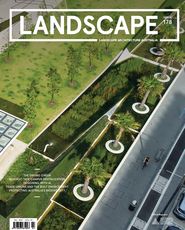
Practice
Published online: 20 Jul 2023
Words:
Lucy Salt
Images:
Institute of Making Materials Library,
Jedidiah Cranfield,
Jessica Sheridan, Flickr, CC BY-SA 4.0,
Kalyna Sparks,
Lfvalle1, Wikimedia Commons, CC BY-SA 3.0,
School of Architecture and Built Environment, University of Newcastle, Newcastle Industrial Heritage Association, Bosque Landscape Architecture, and UTS PhytoLab
Issue
Landscape Architecture Australia, May 2023

